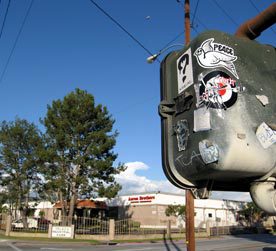Early in 2010, the Congressional Oversight Panel for the Troubled Asset Relief Program released a report indicating that half of the $1.4 trillion in short-term commercial real estate loans coming due in the next four years were underwater. Half.
What’s more, commercial real estate has devalued by 42 percent since 2007, according to Marcus Weiss, president of the Boston-based Economic Development Assistance Consortium, in his article published in the latest issue of Shelterforce.
Weiss, who is also a consultant to federal agencies, financial entities, foundations, CDFIs, and CDCs, writes in his article that private sector entrepreneurs and real estate developers “have been stunned” as banks have backtracked on commitments, and in some cases ignoring long-term relationships with successful borrowers. “Even government guarantees and subsidies haven’t been enough to bring the big banks back into the game,” Weiss writes, pointing to Wisconsin’s Housing and Economic Development Authority or WHEDA, an independent agency created by the state legislature:
“WHEDA provides capital for economic development through its small business guarantee and related programs. WHEDA regularly furnishes 80 percent loan guarantees and enhances projects with subordinated debt, a percentage of which (often 10 percent) frequently can be converted to equity or forgiven entirely. And yet, WHEDA’s participation doesn’t generally bring financing down to the 60 percent loan-to-value level that national banks have been demanding.”
The article quotes WHEDA’s director, Farshad Maltes, who says that national banks have virtually left the equation in WHEDA deals, leaving local CDCs and CDFIs to fill in the gap:
“CDCs and CDFIs have long played critical roles in targeting capital for commercial projects to underserved commercial areas, but now many CDCs and CDFIs have found themselves called upon to step into a wider range of deals to keep important economic development projects on track.”
Weiss goes on to list several examples, including those in Los Angeles and Milwaukee. And despite these positive advancements, the future is less than certain with the possibility of less foundation and federal money. Read more here.
Article: Filling the Lending Gap
Photo courtesy of Enikone www.enikone.com





Comments